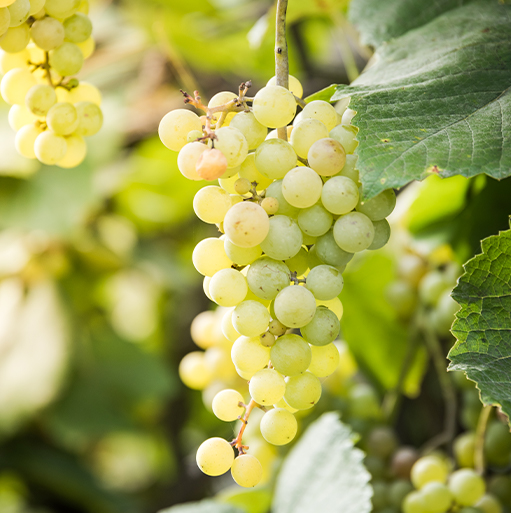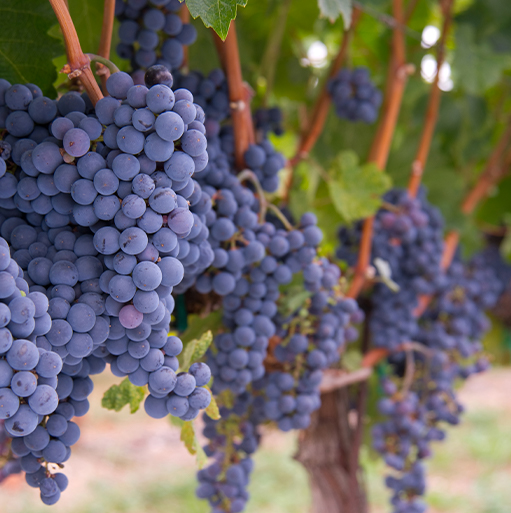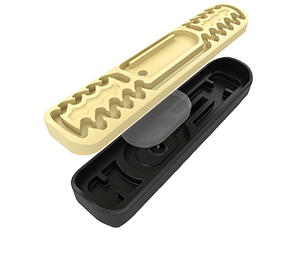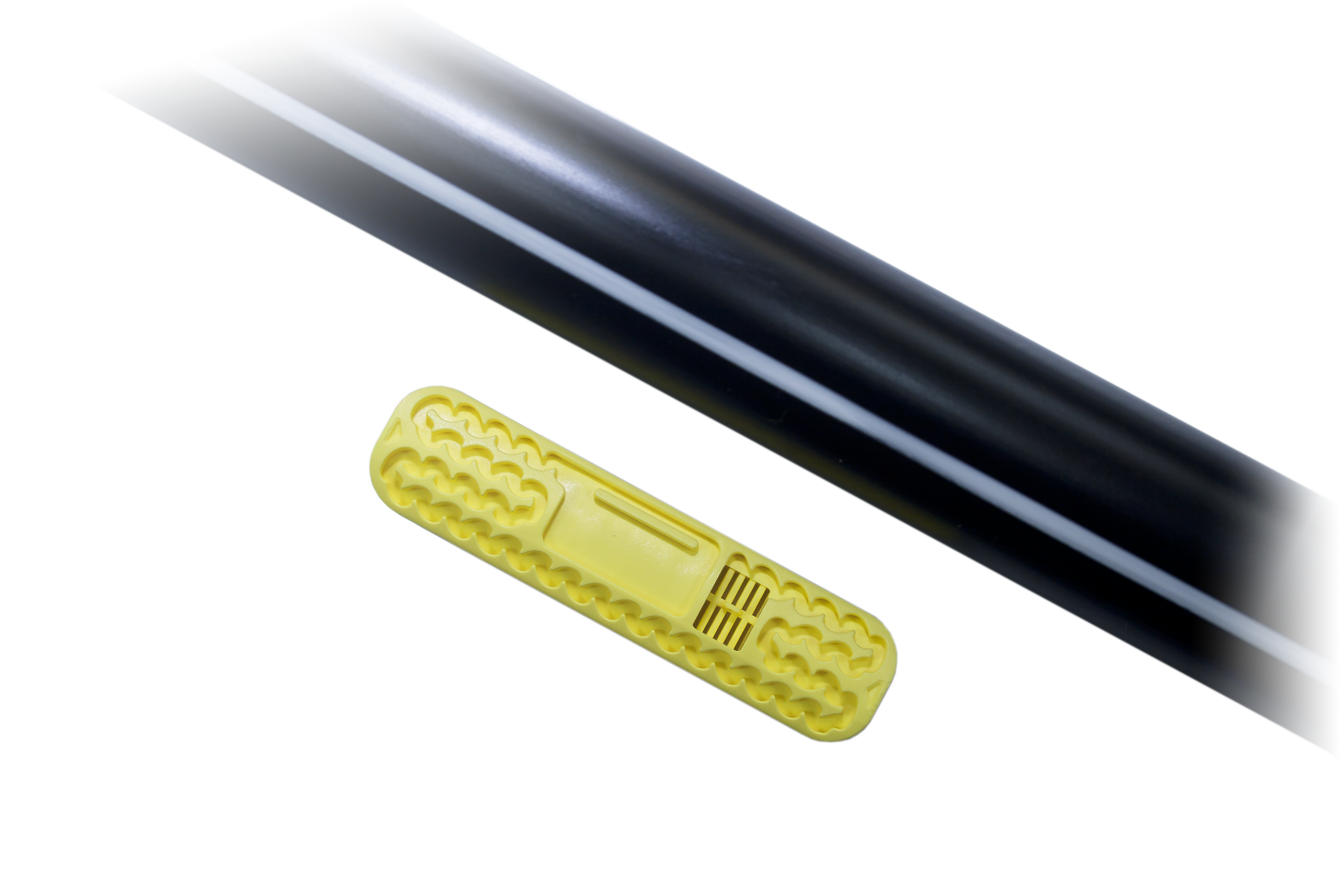 Vine
VineThe Moroccan viticulture occupies an area of 49.000 ha for a production of 230.000 T distributed as follows: 38.200 ha and 172.000 T of table vine ; 10.800 ha and 58.000 T of wine vine

Temperature adapted for the vine:
The optimal temperature for the vine is 25 to 32°C. Any temperature below this optimal range limits vegetative growth. Temperatures above the optimal range reduce the photosynthetic rate of the vine due to increased respiration.
Soil characteristics:
Although grapes tolerate many soils, soil type strongly affects vine productivity and fruit quality. Productivity is increased in a clay-silt soil with good structure and rich in organic matter, and more limited in a heavy clay soil. Grape plants grow best in soil with a pH between 6.5 and 7 with low salinity.
Precision irrigation for better vine quality
<p><span style="font-family:Arial,Helvetica,sans-serif;"><span style="font-size:16px;">The water requirement (evapotranspiration) of a mature vineyard varies from 230 to 300 mm, depending on the size of the leaf canopy. In addition to evapotranspiration, 60 to 80 mm of water may be required in some years for beneficial purposes such as salt leaching and frost protection. </span></span></p>
<p> </p>
<p><span style="font-family:Arial,Helvetica,sans-serif;"><span style="font-size:16px;">The frequency of watering will depend on the stage of the plant; lack of water during fruit formation and ripening reduces berry size. However, if irrigation is too frequent or excessive near harvest, it can delay berry ripening or increase cluster compaction, thus favoring quality loss and cluster rot due to fungus.</span></span></p>


